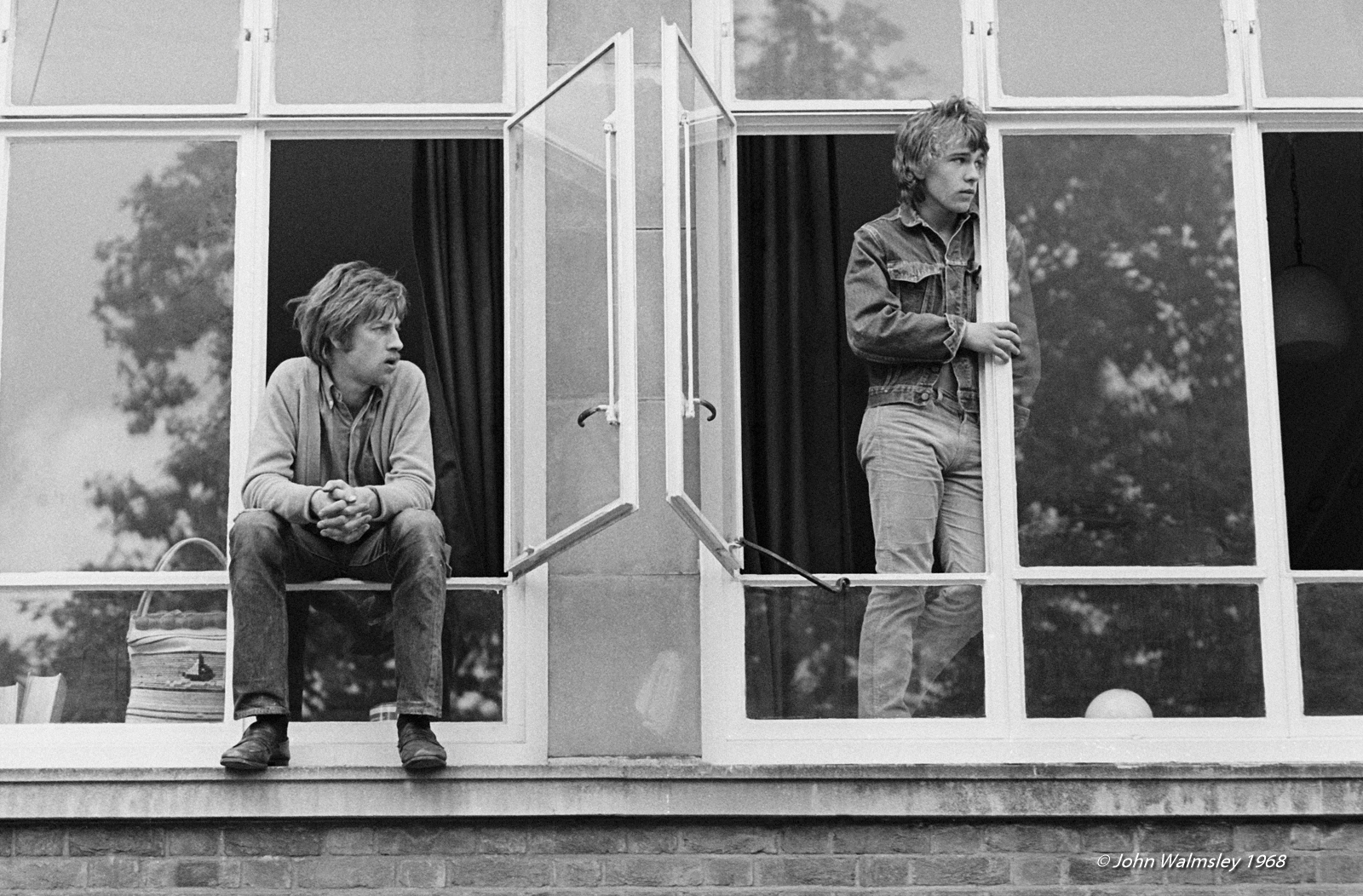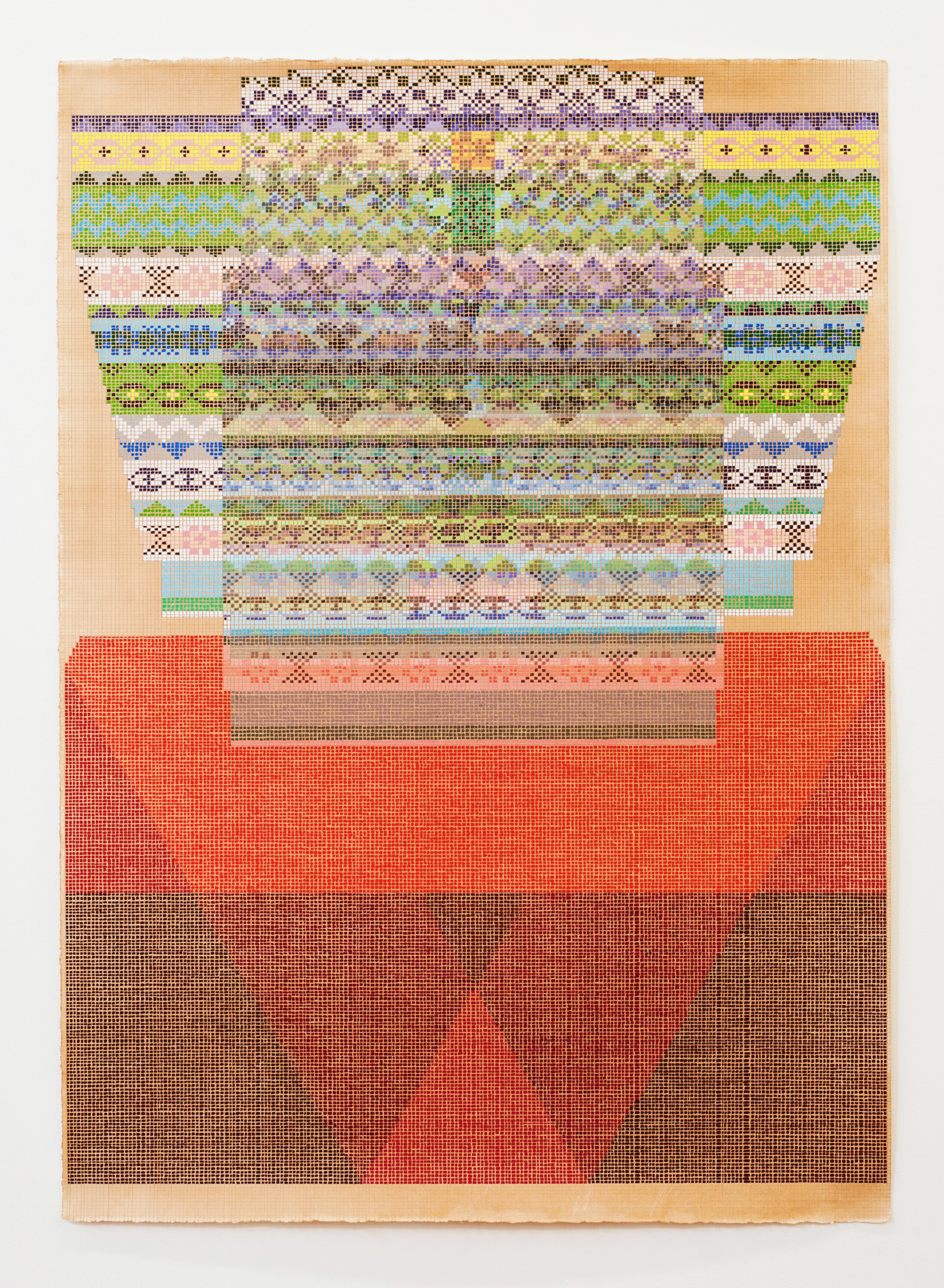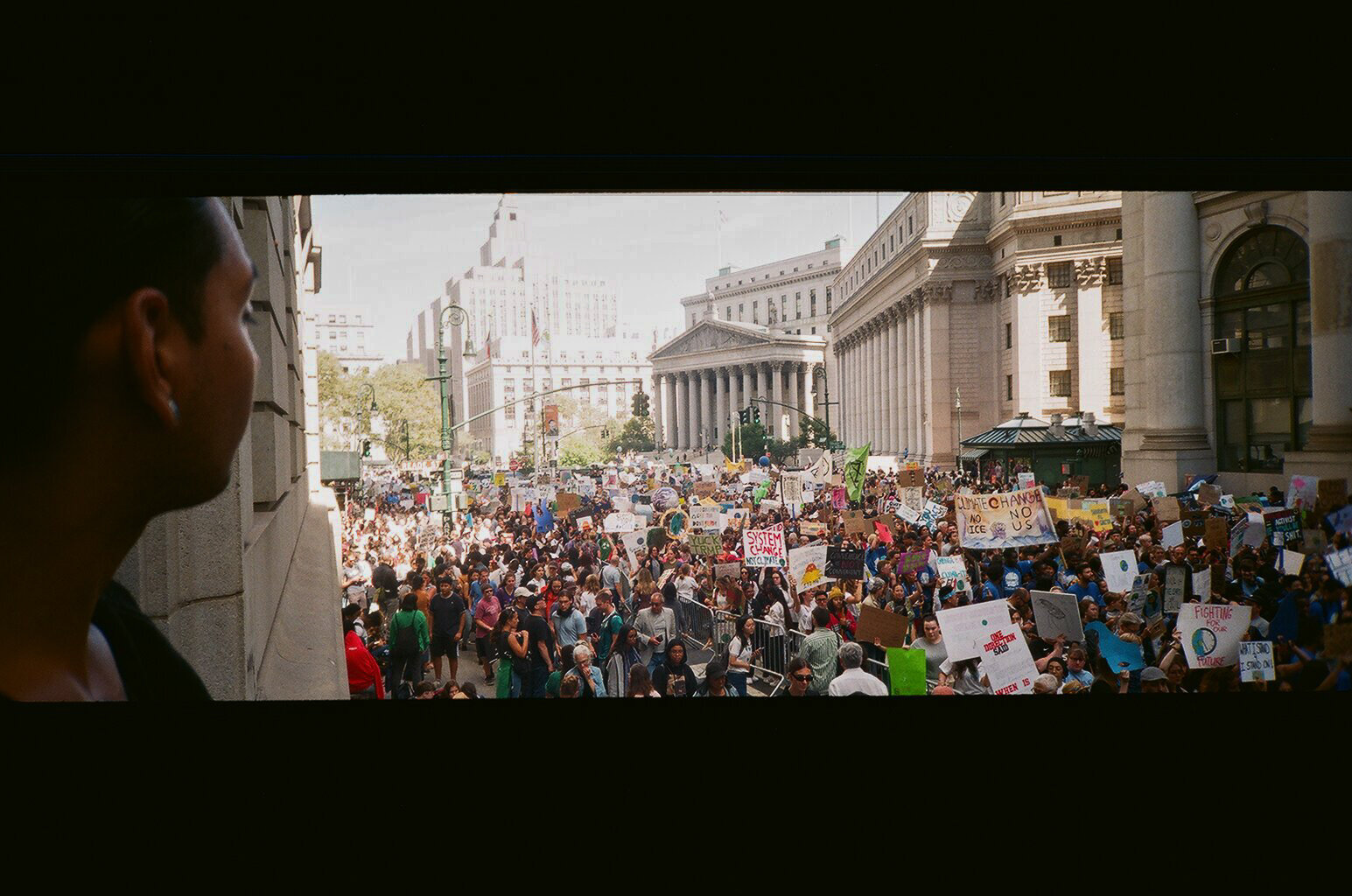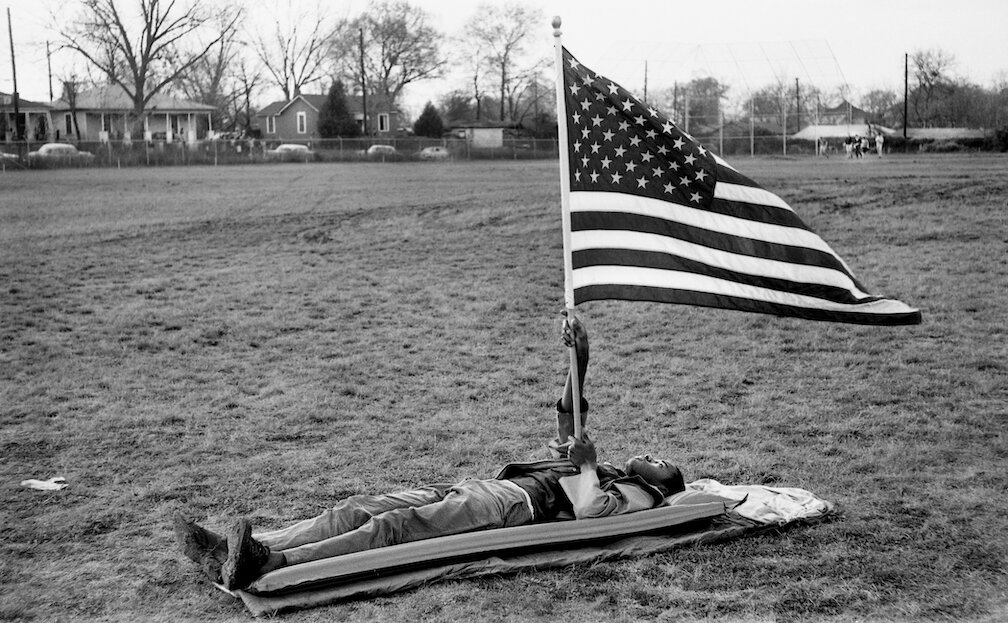From Nope To Hope
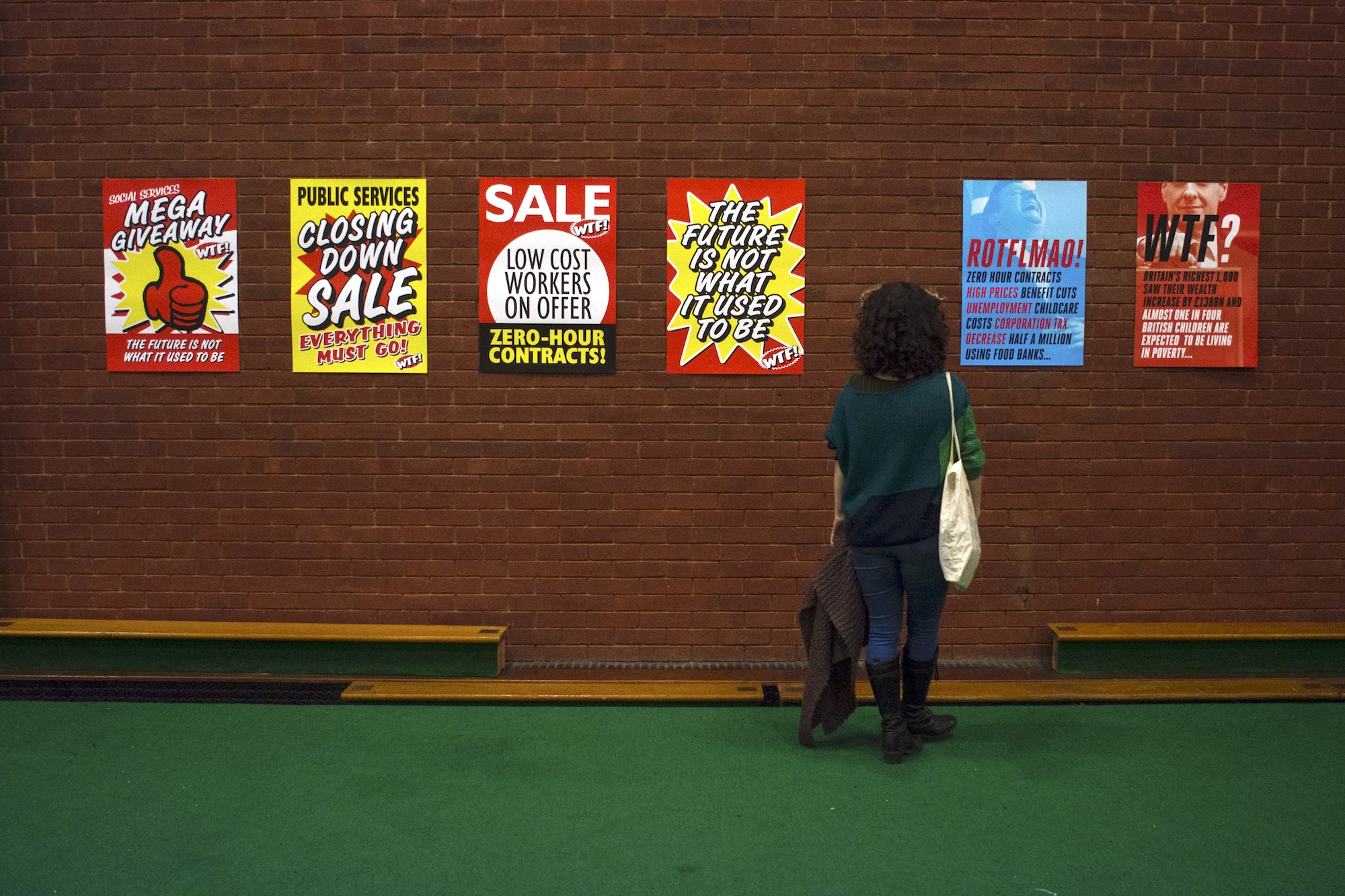
A free show in south London displayed over 30 artworks pulled by the artists from the Design Museum’s ongoing political art exhibition, after discovering that museum had hosted a private event for an arms company.
Hope to Nope: Graphics 2008-18 had been a popular and well-reviewed show, tapping into the current appetite for politically active art, and including work by a number of well known activist artists, including Shepard Fairey, Guerrilla Girls, Jeremy Deller and Emel Rodriguez. But when the artists and designers exhibiting at the show found out that the Design Museum had hosted an event for Leonardo, a global company specialising in aerospace, defence and security, on July 17, a group of them wrote a letter to the curators demanding their work be removed.
These artists then decided to hold their own exhibition of the removed work, From Hope to Nope: Art vs Arms, Oil and Injustice – free to view at the Brixton Recreation Centre, with a range of works including the enormous BP ‘kraken puppet’. As the show was closing after being extended for a week, we spoke to Charlie Waterhouse of This Ain’t Rock ’n Roll, one of the organizers and exhibiting artists, about the importance of art as a tool of resistance.
Did you expect Nope to Hope would be as popular as it has been?
We knew that putting the show on in a space like the Brixton Rec would be special, and had a hunch it would work, but until we saw everything in place – and then saw people in the space – we didn’t fully appreciate quite how well everything gelled.
Official Olympics Protester, by Ross Fassbender
It was really important the work was shown in a different context to the original Design Museum exhibition. I think a lot of the artists had difficulty seeing their work in that kind of rarified atmosphere. The white walls, entrance fee and Kensington location are all a bit of an anathema. The setting immediately separated the work from the reality of the activism. The original show was very well curated of course, but the very act of a ‘museum show’ serves to completely distance the creators from the audience. Here, we’re exhibiting in a completely democratic space – un-arty, completely free to enter; a space located at the heart of the community. That makes a very powerful statement about the work.
The BP Kraken from below, by Ron Fassbender
What do you hope people who have visited this show take away from it? Do you think you’ve brought in a new audience that might not have been familiar with this sort of work?
“Most of the work is by people who do take the fight to the warmongers and destroyers of nature, the profiteers and the despots. People who break the law, get teargassed, get banged up. So, I hope that people who saw the show take away that this is real, and more to the point achievable.”
You know that art gallery cliché of the person who looks sniffily at the walls and says “But I can do that”? That’s what we want people to think – and then we want people to go and do just that! When Deyan Sudjic rather haughtily took a pop at us for removing our work from Hope to Nope, he inferred we were being somehow cowardly for attacking a ’soft target’ rather than the arms firms themselves. It’s as if he didn’t have the first idea what was in his own museum’s exhibition, and certainly proof positive that if he had seen the show, he didn’t understand it.
The work in From Nope to Hope is a by-product of activism, not the activism itself. And our Rec context really makes that obvious. Most of the work is by people who do take the fight to the warmongers and destroyers of nature, the profiteers and the despots. People who break the law, get teargassed, get banged up. So, I hope that people who saw the show take away that this is real, and more to the point achievable.
Peter Kennard banner, by Ross Fassbender
Why do you think art and design is an important tool of resistance?
I do think art and design are incredible tools of resistance. That much was plain in our show. Creativity is a brilliant ‘other’ space, or ‘heterotopia’ – it’s a place where people can congregate and discuss, organise and act.
From Hope To Nope brought all these disparate people together – each with their own particular interests – oil, arms or injustice; race, environment or politics – the kind of fragmented focus that can easily tie up activists in endlessly unproductive arguments over how to resist. The kind of vegan vs pacifist vs marxist vs anarcho kind of Mobius loop of disagreement that so often stymies any real progress.
I think that in the show, one was immediately struck by the fact that although there were many different activist focuses, everyone was actually wanting and striving for the same thing. Creativity unites these disparate arguments into a brilliant collective joy, and provides a platform that allows the unifying values to be clearly seen and understood at the same time as the diverse campaigns. Art can also be something of a Trojan Horse. Wheel in a cool artwork, and hey presto – out jump a bunch of anarcho troublemakers!
The Design Museum say they’ve committed to not hosting any more private events from arms trade, fossil fuel or tobacco companies while they update their policies. What are your thoughts about this?
Milton Glaser had a wonderful piece in the exhibition featuring a Wilde quote: “The smallest act of kindness is worth more than the grandest intention” – so, is that offer an act of kindness? Only time will tell, I guess.
ACTIONS
Support the Campaign Against The Arms Trade
Sign the petition to get the Design Museum to drop the arms trade
Author account for the Good Trouble hive-mind.






